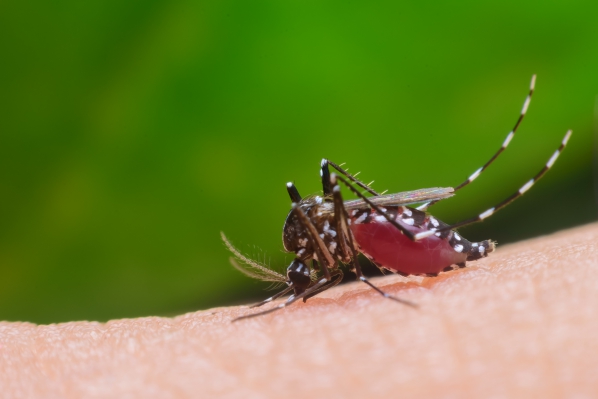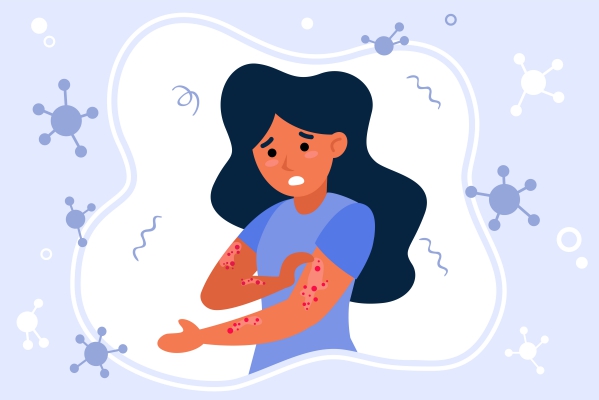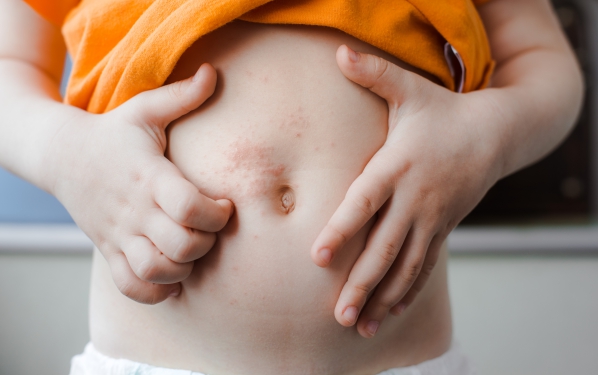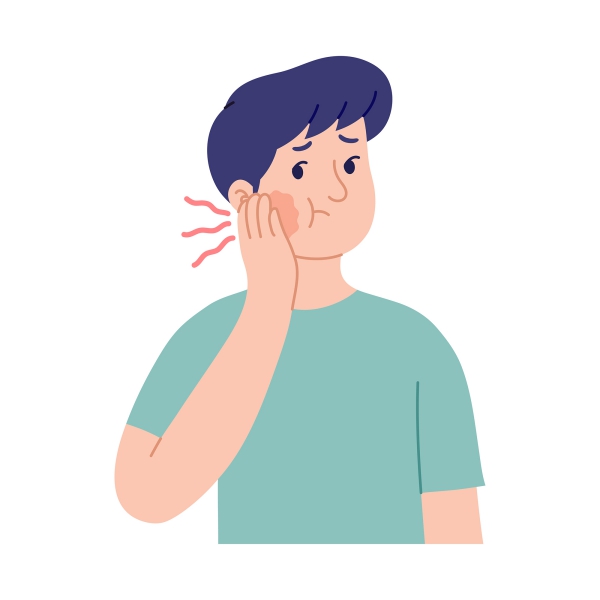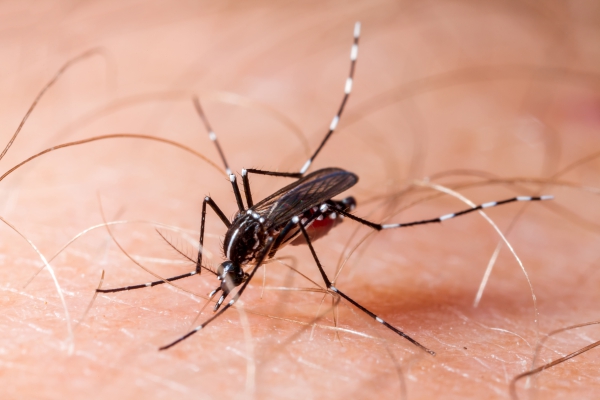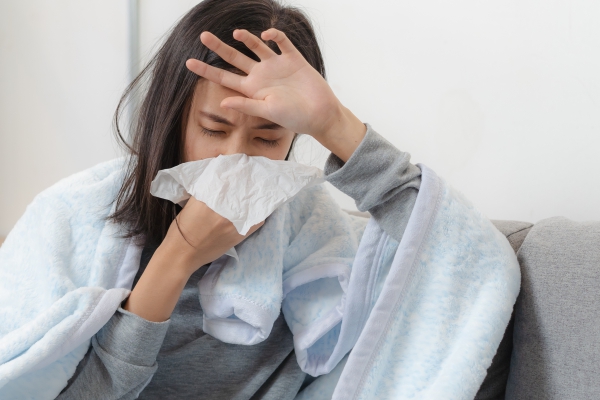What is Dengue?
Dengue is the most common disease caused by a virus that is transmitted by mosquito bites in humans. The mosquito responsible for the transmission of the disease is known as the Aedes aegypti which are mostly present in subtropical and tropical areas of the world. An infected individual can transmit the virus to a capable mosquito for 4-5 days. After a period of 5-10 days, the newly infected mosquito is able to transmit the virus to other individuals for the rest of its life which lasts between 2 weeks to 1 month.
The incidence of dengue has increased significantly during the last several decades. As at today, the disease largely affects several countries in Asia and Latin America where it causes numerous hospitalisation and deaths. According to the World Health Organization, dengue is placed at the first position for mosquito-borne viral diseases in the world.
What causes dengue?
Dengue is caused by the dengue virus and is a mosquito-borne disease. Aedes aegypti mosquito is the main responsible vector for the transmission of the virus. This type of mosquito has well adapted with human habitations and look for accumulations of stagnant water to breed. Even the smallest container, such as a bottle cap, can serve as a breeding site for hatching Aedes eggs. They eggs may even survive for a period of time when the water dries up and hatches when water accumulates again.

The female Aedes usually feeds during the day. They inflict bites usually at the back of the neck or the ankles and are easily disturbed during feeding. This causes them to move and finish their meal on another person, infecting both on the way. A single mosquito can easily infect a whole family in a 24-36 hour period. When a mosquito bites an infected individual, the virus rapidly develops and multiplies in the mosquito’s salivary glands. The mosquito remains infected for the rest of its life, transmitting the virus to other people.
What are the signs and symptoms of dengue?
The symptoms associated with dengue depend on the type of dengue you have. The World Health Organization classify in 3 categories namely: Dengue fever, dengue haemorrhagic fever and dengue shock syndrome. The following signs and symptoms may occur in the types of dengue virus infection:
- Fever
- Headache
- Pain in the eye
- Bone pain
- Muscular pain
- Joint pain
- Rash on the skin
- Haemorrhagic symptoms such as ecchymosis, nosebleed, bleeding of gums, vomiting of blood, blood in urine or stools or bleeding from the vagina.
- Decreased white blood cells in the blood
- Decreased number of platelets (fragments of cells responsible for the clotting of blood) in the blood
- Increased heart rate
- Decreased blood pressure
 Cold skin
Cold skin- Severe abdominal pain
- Persistent vomiting
- Lethargy
Depending on your signs and symptoms, your doctor will be able to know which category of dengue virus infection you have and tailor your treatment accordingly.

How is the diagnosis of dengue made?
To make the diagnosis of dengue, your doctor will start by taking a thorough history from you, focusing on possible exposure to dengue prone areas or mosquito bites. He/she will then proceed with a thorough physical examination. The signs and symptoms of dengue can mimic those of other diseases such as chikungunya, Zika virus, malaria and typhoid fever. Therefore, in some cases, laboratory tests may have to be performed to confirm the diagnosis. This involves taking samples of blood and sending for laboratory evaluation.
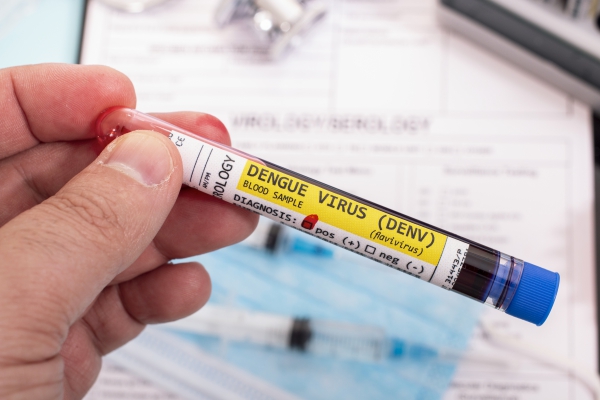
How is dengue treated?
Dengue is a disease which usually resolves on its own. There is no specific antiviral treatment available against dengue. Treatment is usually supportive in order to alleviate symptoms and maintain volume of blood in your body.
It is recommended to properly rehydrate yourself especially in the case of high fever and vomiting as you tend to lose a lot of water in the process. In most cases, oral rehydration is preferred. However, in some cases, fluids may be given to you directly through your veins.

In dengue where bleeding is present, platelets or plasma transfusions may have to be performed to control the bleeding. Blood products may also have to be replaced through blood transfusions. Bed rest is recommended in people with dengue and usual activities should gradually be resumed. Acetaminophen is also used to relieve fever and pain.
How can dengue be prevented?
A vaccine is available in countries where dengue fever is common. It is recommended mainly for people who already had dengue at least once as they are more prone to be infected again with a more severe form of the disease.
The most effective way to prevent dengue is obviously to prevent mosquito bites. The following strategies may be helpful in breaking the transmission cycle:
- Screened houses: Using screens at your open windows or doors are helpful to keep mosquitoes away as they tend to feed during the day.
- Use protective clothes: It is recommended to wear clothes that cover most of your skin such as long-sleeved shirt, long pants and socks. This will reduce the risk of mosquito bites.
- Use mosquito repellents: Permethrin or mosquito repellents containing DEET are useful in keeping mosquitoes away.
- Reduce their habitat: Mosquitoes breed in stagnant water. Removing all potential breeding sites reduce the likelihood that mosquitoes reproduce. Remove all containers such as planting containers, dishes, bowls, vases or tyres that may be collecting water.


Prognosis
Dengue fever usually resolve on its own with less than 1% of people dying from it. If appropriate treatment is given, dengue haemorrhagic fever has a mortality rate of 2-5%. However, if no treatment is given, more than 50% of people having the condition die from it.
Source:
Thomas, S., and Rothman, A., 2020. Dengue virus infection: Epidemiology
Thomas, S., and Rothman, A., 2019. Dengue virus infection: Pathogenesis
Thomas, S., Rothman, A., Srikiatkhachorn, A., and Kalayanarooj, S., 2019. Dengue virus infection: Clinical manifestations and diagnosis
Thomas, S., Rothman, A., Srikiatkhachorn, A., and Kalayanarooj, S., 2020. Dengue virus infection: Prevention and treatment
Smith, D., 2019. Dengue
Wilson ME, Chen LH. Dengue: update on epidemiology. Curr Infect Dis Rep. 2015 Jan. 17 (1):457.
Halstead SB. Dengue. Lancet. 2007 Nov 10. 370(9599):1644-52.
World Health Organization. Impact of Dengue.
WHO. Dengue haemorrhagic fever: diagnosis, treatment, prevention and control. World Health Organization. 1997.
